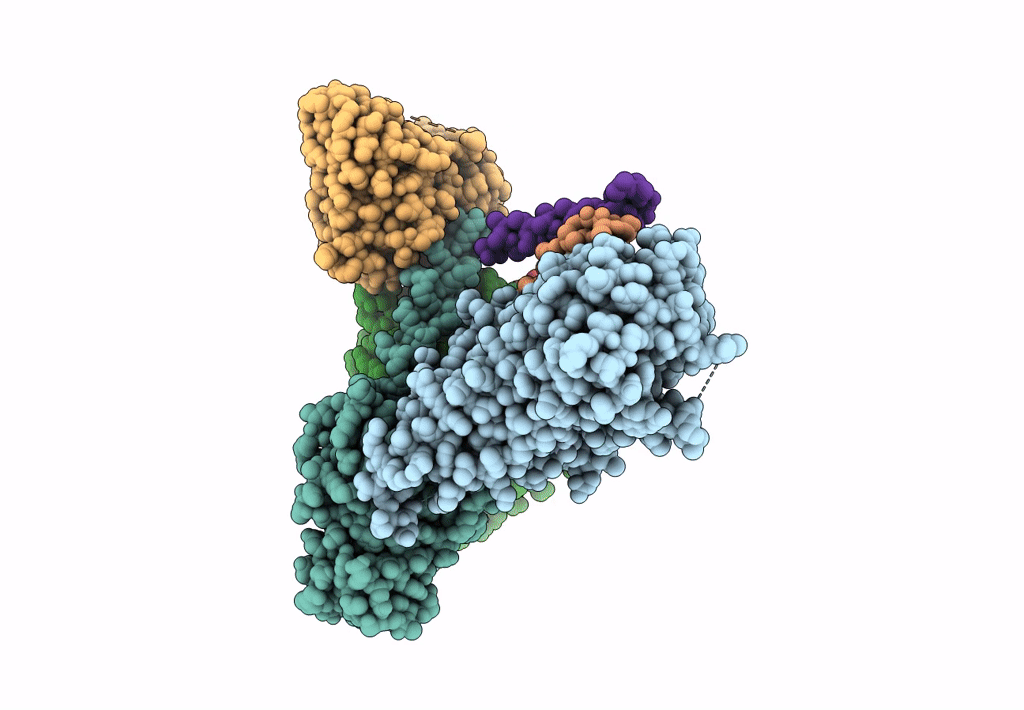
Deposition Date
2023-02-21
Release Date
2023-04-19
Last Version Date
2025-03-12
Entry Detail
PDB ID:
8G94
Keywords:
Title:
Structure of CD69-bound S1PR1 coupled to heterotrimeric Gi
Biological Source:
Source Organism:
Homo sapiens (Taxon ID: 9606)
Mus musculus (Taxon ID: 10090)
Mus musculus (Taxon ID: 10090)
Host Organism:
Method Details:
Experimental Method:
Resolution:
3.15 Å
Aggregation State:
PARTICLE
Reconstruction Method:
SINGLE PARTICLE


